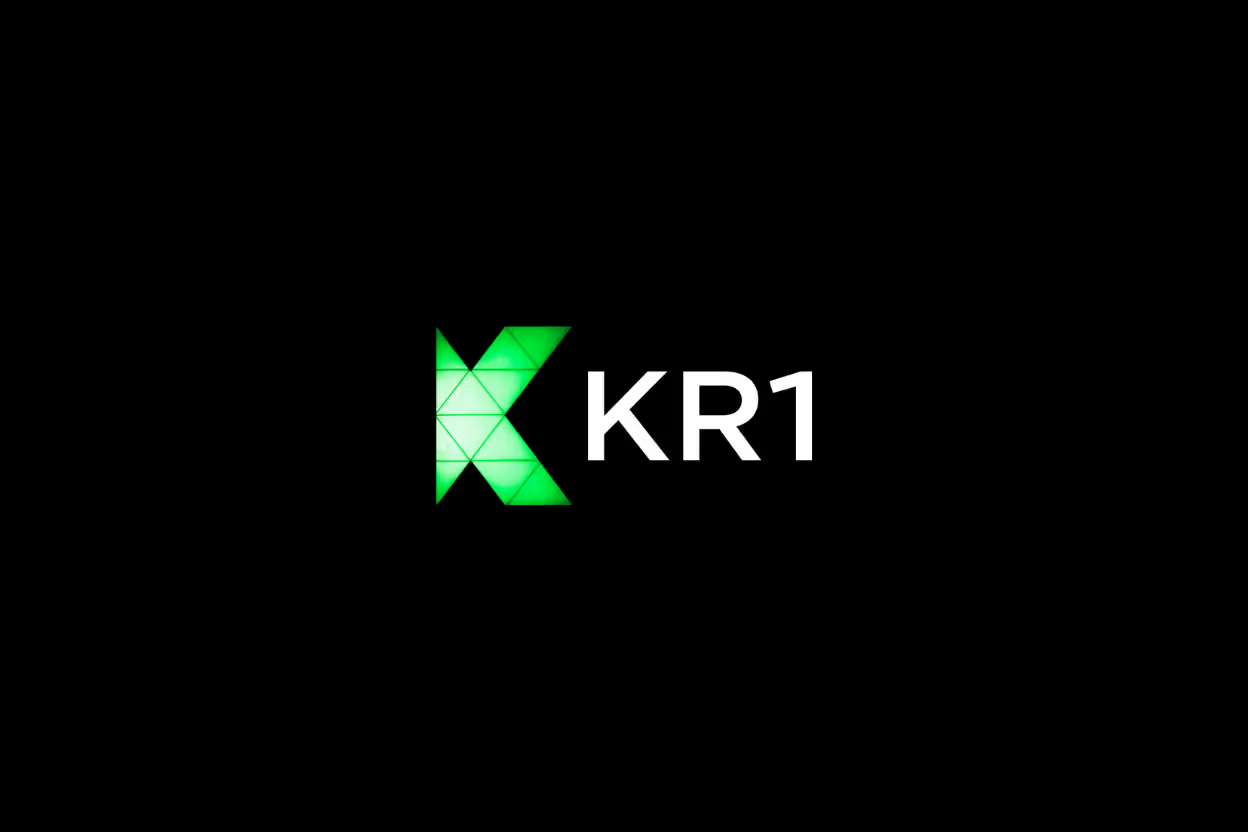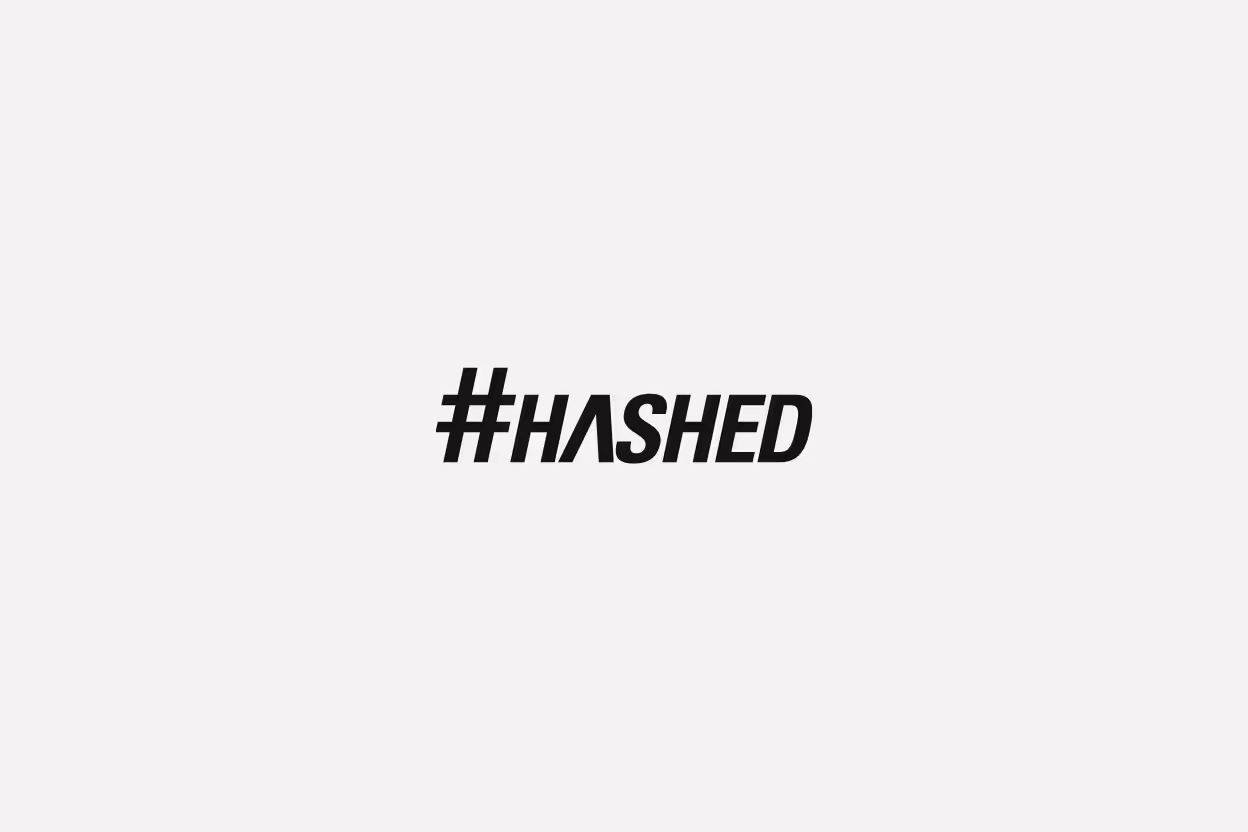Meme DAOs have taken the crypto world by surprise, proving that community energy can outdo traditional venture capital methods. Instead of relying on large VC funds, these groups build momentum by tapping into cultural trends and viral content. This method flips the usual funding script, showing that grassroots support can create real value without heavy upfront investments.
One meme DAO managed to beat VCs at their own game by focusing on a strong, engaged community that shared ownership and purpose. This success challenges conventional ideas about startup funding and raises important questions: How sustainable is community-driven growth? Can this approach replace traditional venture capital long term? This post will explore those answers and reveal what other founders can learn from this unique case.
Understanding Meme DAOs and Their Appeal
Meme DAOs have reshaped how communities engage with blockchain projects by emphasizing culture and shared identity over traditional financial models. Their rise reflects a fresh way to build momentum, especially in a space where the usual markers of success—like product roadmaps or revenue streams—take a backseat to social energy and collective enthusiasm. To appreciate why some meme DAOs succeed where others stumble, it helps to look at what sets them apart and also recognize the challenges they face.
What Makes Meme DAOs Different from Traditional Projects
Meme DAOs stand out because they rewrite the rules around participation and motivation. Here are a few key ways they differ:
- Low Barrier to Entry: Anyone with a wallet and an interest can join without needing technical expertise or capital commitments typical in startups. This openness fuels rapid growth.
- Strong Community Loyalty: These groups often center around shared memes, jokes, or cultural references, which creates a tight-knit bond among members not seen in traditional projects.
- Playful Culture: Humor, satire, and lightheartedness are common, making the community feel approachable and fun rather than purely transactional or corporate.
- Momentum Beyond Numbers: Unlike traditional ventures driven by charts and forecasts, meme DAOs gain energy from viral potential, social media buzz, and grassroots enthusiasm.
This mix creates a unique momentum engine. Instead of being confined by rigid financial metrics or slow fundraising cycles, meme DAOs thrive on cultural relevance and shared identity. But you might wonder: does this enthusiasm really translate into lasting value?
Common Risks and Misconceptions About Meme DAOs
Skepticism often follows meme DAOs, and for good reasons. Here are some risks and doubts frequently raised:
- Volatility: Token prices and community interest can spike and collapse rapidly, often disconnected from underlying utility.
- Scams and Rug Pulls: Low entry barriers and hype can attract bad actors, leaving newcomers vulnerable.
- Lack of Intrinsic Utility: Many meme DAOs don’t offer a clear product or service, making it hard to evaluate their true worth.
- Regulatory Concerns: Uncertain legal frameworks for DAOs raise questions about compliance and future viability.
Despite these issues, many meme DAOs continue to grow because they meet needs traditional ventures often miss: community ownership, entertainment, and quick adaptability. The risks coexist with the appeal, creating a space where innovation and caution must balance.
Can meme DAOs sustain their momentum beyond viral hype? It depends on how they evolve their culture and address these challenges while keeping their unique spark alive. This blend of risk and reward is what makes their story worth watching.
The Strategic Moves That Allowed the Meme DAO to Outsmart VCs
This meme DAO didn’t just stumble into success. Its rise was a careful mix of smart tactics and community-first thinking that challenged how traditional venture capital works. While VCs focus on measurable metrics and control, this DAO tapped into cultural energy, viral reach, and collective ownership. Let’s unpack how it did this in three key moves.
Building Grassroots Community Momentum
The DAO understood early on that true power lies in people, not just capital. It focused on building a passionate community from the ground up by crafting content that felt more like inside jokes than formal marketing. Social media channels flooded with memes, clever posts, and viral challenges created a sense of belonging. These weren’t random memes; they captured current cultural moments and used humor relating to crypto trends and pop culture.
This approach gave members something to share and rally around. Imagine a group where each meme is a secret handshake — it keeps the community tight and loyal. The DAO also encouraged members to create and spread their own memes, doubling the momentum organically.
By tapping into shared humor and relevant content, the DAO did what many projects struggle with: turning casual onlookers into engaged participants. That kind of grassroots momentum makes the project feel less like a product and more like a movement.
Harnessing Memecoin Viral Potential
Memecoins are built to spread fast—and the DAO took full advantage. Instead of long, slow VC funding rounds with tight control, the meme coin exploded through hype cycles, fueled by viral memes and social media frenzy. This rapid growth brought liquidity and active trading volume early on, creating market activity few startups see until much later.
By aligning with memecoin culture — hyperactive, spontaneous, and full of social energy — the DAO sparked buying frenzies that brought more eyes and more wallets. This kind of viral growth often outpaces traditional fundraising, which relies on staged investments and milestones. The result? The community owned a vibrant market, with more contributors than traditional VC-backed projects usually attract.
Avoiding Traditional VC Pitfalls
What made this DAO special was how it sidestepped the usual VC traps:
- No single point of centralized control pushing for quick exits.
- No pressure to deliver returns on a fixed timeline.
- Governance and decision-making spread across a wide base, keeping the project flexible.
Instead of answering to a handful of investors, the DAO answered to its community, which valued long-term involvement and shared ownership over short-term profits. This created trust and freedom uncommon in traditional startups.
Avoiding these pitfalls allowed the DAO to focus on sustaining culture and participation, rather than appeasing outside investors. This decentralized model wasn’t just about fairness—it proved to be a strategic advantage.
In the end, these moves combined to create a project that didn’t just raise funds—it built an ecosystem that sidelined conventional VC approaches by putting community culture and viral momentum first. This begs the question: Can this model redefine how we think about startup growth and funding? The evidence says yes.
Lessons for Crypto and Web3 Founders and Investors
Understanding why some meme DAOs manage to outsmart venture capitalists can reveal key lessons for anyone building or investing in crypto and Web3 projects. The success of such DAOs often rests less on large capital injections and more on how well they engage, empower, and earn the trust of their communities. Below are important takeaways founders and investors should consider when navigating this space.
Why Community-Led Growth Trumps Capital Injection in Some Cases
Many projects assume that a big cash infusion is the fastest way to success, but that’s not always true. Tight-knit communities can provide more sustainable, organic growth that lasts beyond initial hype. When people feel genuinely connected, they act as promoters, contributors, and guardians of the project.
Meme DAOs, for example, thrive because their communities share a sense of ownership and fun that’s hard to buy. This creates:
- Loyal user bases who stick through ups and downs.
- Viral momentum via memes and social sharing.
- Continuous engagement from community members who feel invested in success.
Unlike traditional startups that often rely on marketing dollars to gain users temporarily, these groups grow through relationships and shared purpose. It’s a network effect fueled by culture and commitment—not a campaign.
How to Identify When Meme Culture Can Benefit a Project
Not every project should chase meme culture or viral hype. For founders and investors, spotting when this path is valid hinges on authenticity and alignment with community values. Consider these points:
- Does the community respond to humor, inside jokes, or cultural references? If so, meme elements can bind members closer.
- Is there room for playful, shareable content that matches the project’s values? Forced memes often fall flat or backfire.
- Can rapid viral growth coexist with your project’s goals? Sometimes fast spikes in attention hurt more than they help.
Successful meme DAOs integrate memes naturally, letting the culture grow from the community’s ideas rather than imposed marketing efforts. They maintain a clear purpose so the memes don’t become distractions but tools for engagement.
The Role of Transparency and Decentralization in Gaining Trust
Trust is the foundation of any crypto or Web3 project, especially when moving fast. In meme DAOs, openness about governance and operations reassures members and protects the project from looking or acting like a scam.
Transparent setups usually include:
- Clear decision-making processes, often on-chain, so everyone can see who voted and what happened.
- Open communication channels, where leaders share updates and challenges frankly.
- Fair token distribution and rules, limiting central control to avoid power grabs.
This builds credibility and reduces regulatory concerns by showing governance isn’t controlled by a few insiders. Transparency lets community members hold the project accountable while feeling they truly own a stake in its direction.
For founders and investors, focusing on these areas can prevent pitfalls common in fast-moving crypto projects and help build lasting value. Combining strong community ties with clear governance creates a foundation that’s harder to replicate with just capital alone.
The Future Outlook: Will Meme DAOs Redefine Venture Funding?
Meme DAOs have already shaken up traditional startup funding by harnessing viral communities and cultural trends. But what lies ahead? Could these playful, grassroots groups reshape the way venture capital works—or will they fade as another crypto experiment? Let’s examine where meme DAOs currently stand within blockchain culture, the hurdles they face, and what future partnerships with traditional investors might look like.
Emerging Trends: Meme Culture in Blockchain Ecosystems
Meme culture is no longer just internet chatter; it’s becoming a foundational part of blockchain ecosystems. Meme coins and meme-based DAOs are weaving into public chains like Solana, fueling community campaigns that thrive on humor, viral energy, and accessible participation. Take Solana’s BONK meme coin, for example—it quickly broke into the scene by blending meme appeal with fast transactions, creating massive buzz. Events such as memeathons, where teams compete by crafting memes linked to specific blockchain campaigns, highlight how these communities are more than just joke factories—they are powerful engagement tools.
This growing integration is proof that memes and DAOs together can push broader awareness and user adoption. Communities rally behind memetic content because it’s relatable and easy to share, turning passive observers into active participants. Beyond attracting attention, meme DAOs foster a sense of belonging by making complex blockchain ideas feel fun and approachable.
Challenges Ahead: Balancing Hype and Sustainability
Despite their momentum, meme DAOs face clear risks that could halt their rise. One major challenge is the thin line between cult-like hype and genuine project value. Without strong fundamentals—like actual products, sustainable tokenomics, or clear use cases—meme DAOs risk becoming short-lived fads. When excitement fades, so can community loyalty and token value, leaving behind a collapsed project.
How can meme DAOs avoid this? Innovation beyond jokes and viral memes is essential. Projects need to build real utility and governance structures that encourage long-term commitment. Sustainable models might include creating decentralized products, partnerships with established blockchain ventures, or delivering verifiable value to users. The DAO’s playful origin can open doors, but practical foundations will keep members invested through changing market conditions.
Predictions for Integration of Meme DAOs and Traditional VC Models
Looking ahead, future funding might not be about meme DAOs versus VCs but rather their collaboration. Hybrid models could emerge that blend venture capital’s resources with the viral firepower of meme communities. VCs might partner with or invest in meme DAOs early, supporting them with guidance and capital while respecting decentralized governance.
This fusion could offer the best of both worlds: traditional investors gain exposure to engaged, culture-driven communities; while meme DAOs receive funding and operational support to build sustainability. We might also see new frameworks where meme communities co-govern alongside VC-backed entities, sharing decision-making authority. This partnership could redefine startup financing, especially for Web3 projects seeking mass adoption through viral grassroots enthusiasm.
Will meme DAOs end up replacing VCs, or will they coexist as complementary forces? The answer depends on their maturity in managing growth beyond hype and VCs’ willingness to embrace decentralized, community-led approaches. For now, meme DAOs have proven one thing: a joke can fund a revolution if the community is strong enough to back it.
Conclusion
This meme DAO outsmarted traditional venture capital by focusing on culture, community, and viral momentum instead of just capital. Its success highlights an alternative path for crypto projects—one that depends on genuine engagement and decentralized ownership rather than top-down investment control.
For founders and investors, this shift invites a rethink of startup funding approaches. Building strong communities and fostering authentic participation can create lasting value that pure capital injections often miss. The rise of meme DAOs suggests that the future of funding could combine culture-driven growth with transparent governance.
As this space evolves, staying open to new models will be key. How might your project benefit from emphasizing community and viral energy? What steps can you take to build trust and shared ownership from day one? Reflecting on these questions will help you prepare for a more inclusive and dynamic era in blockchain funding.
For further insights into decentralized governance and community-driven projects, exploring emerging DAO models can provide valuable perspective on this changing landscape.









